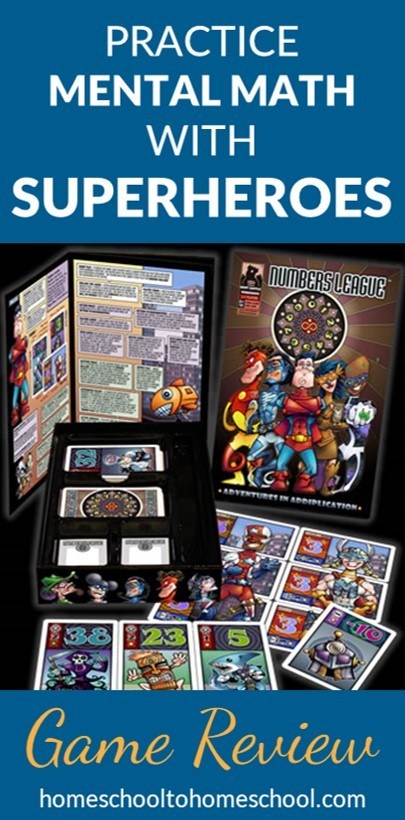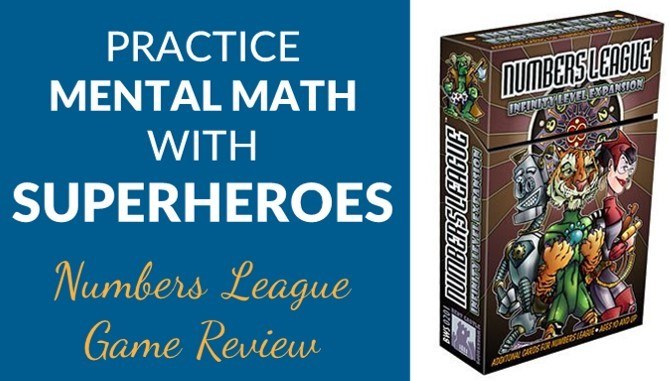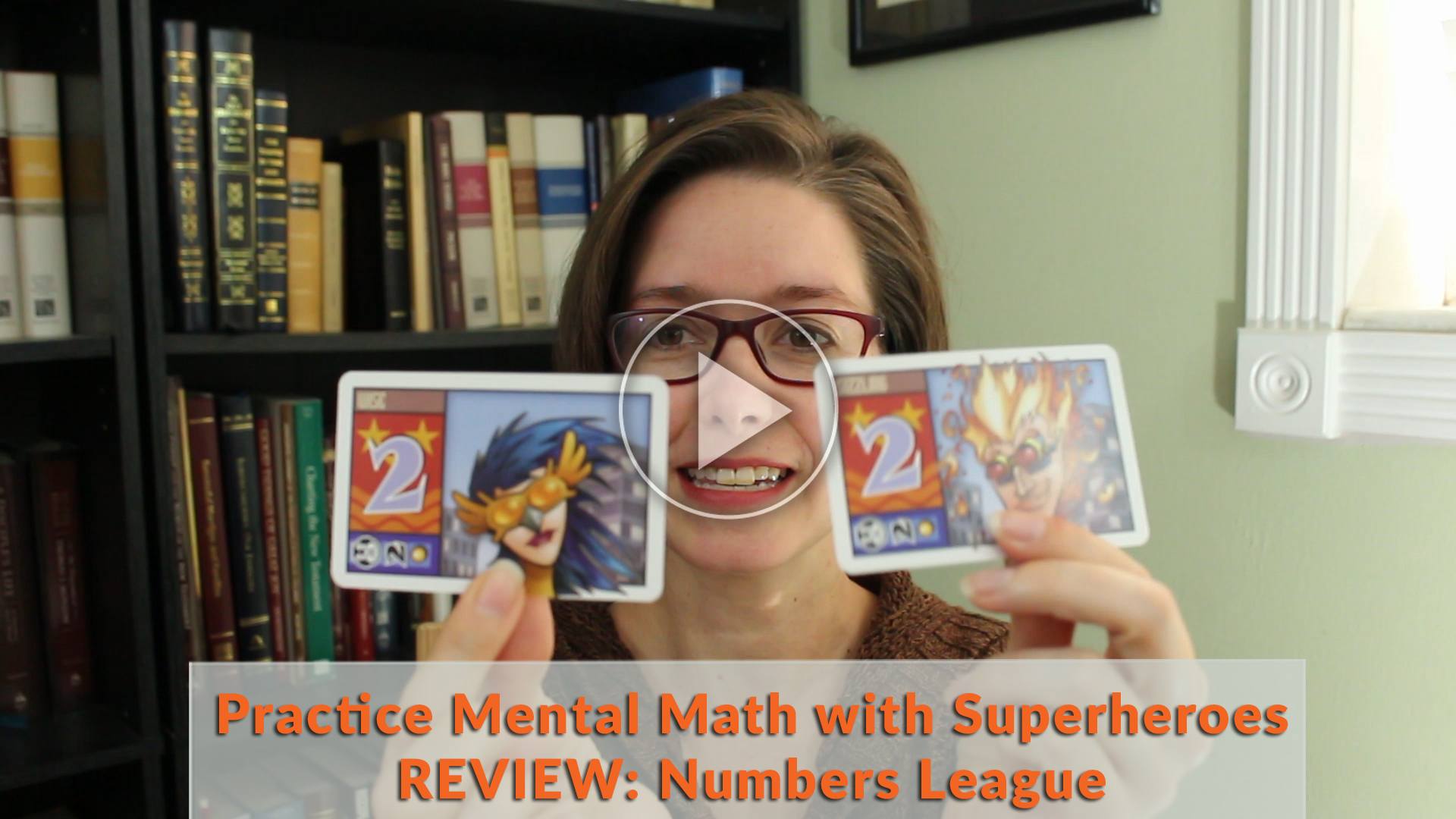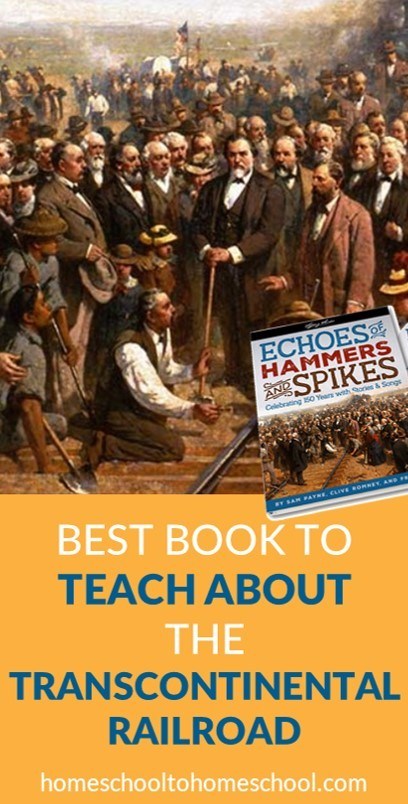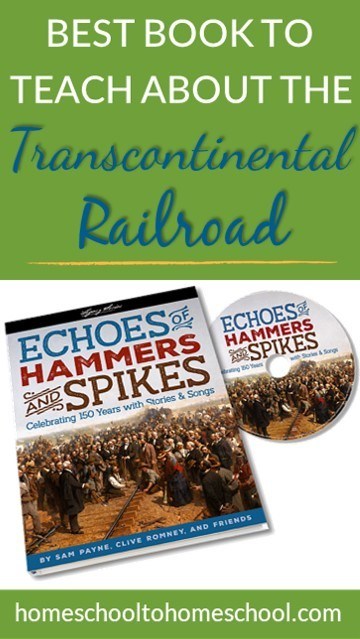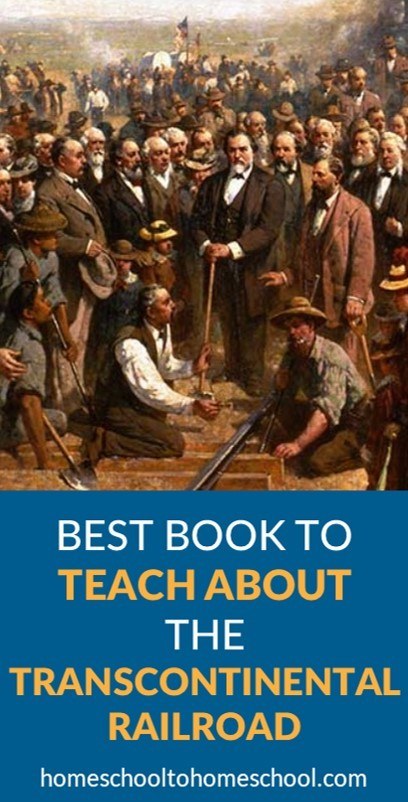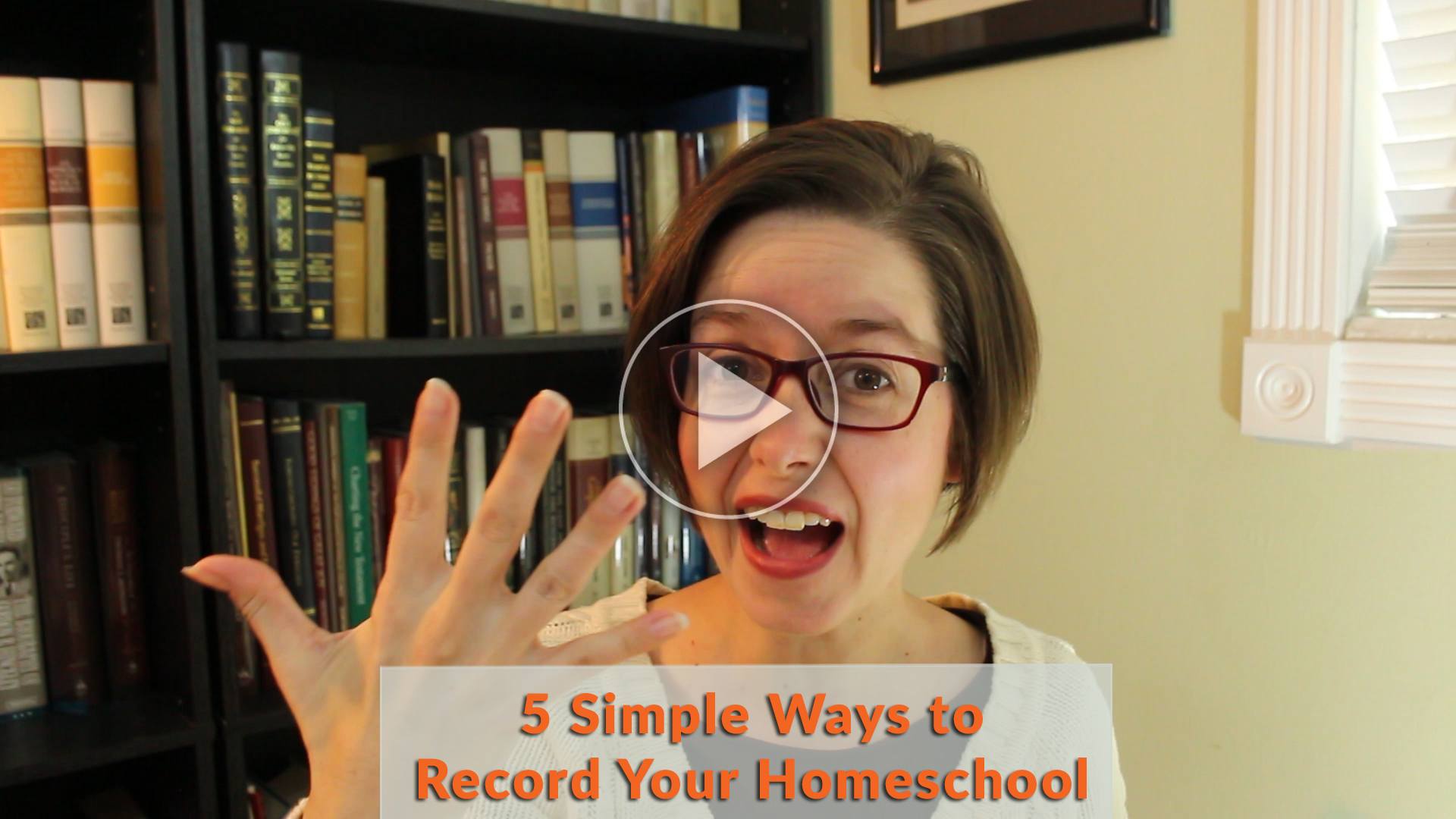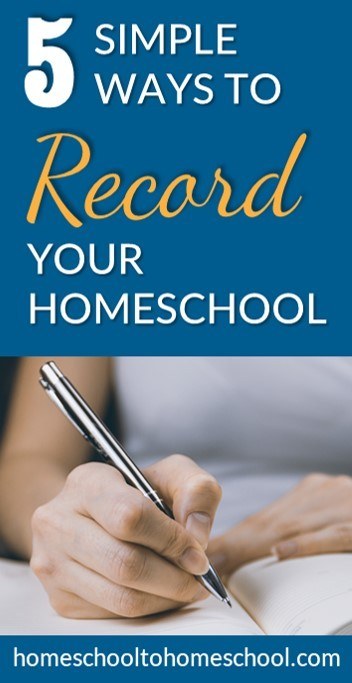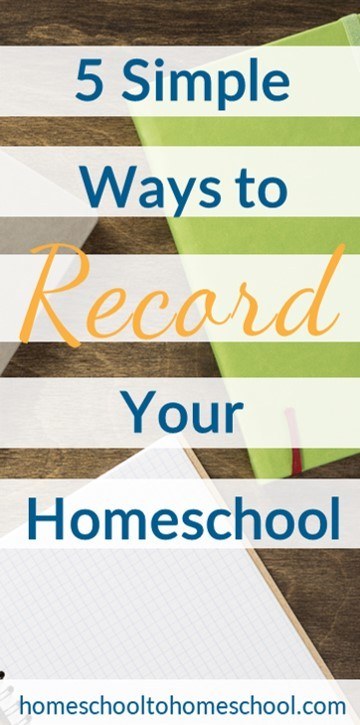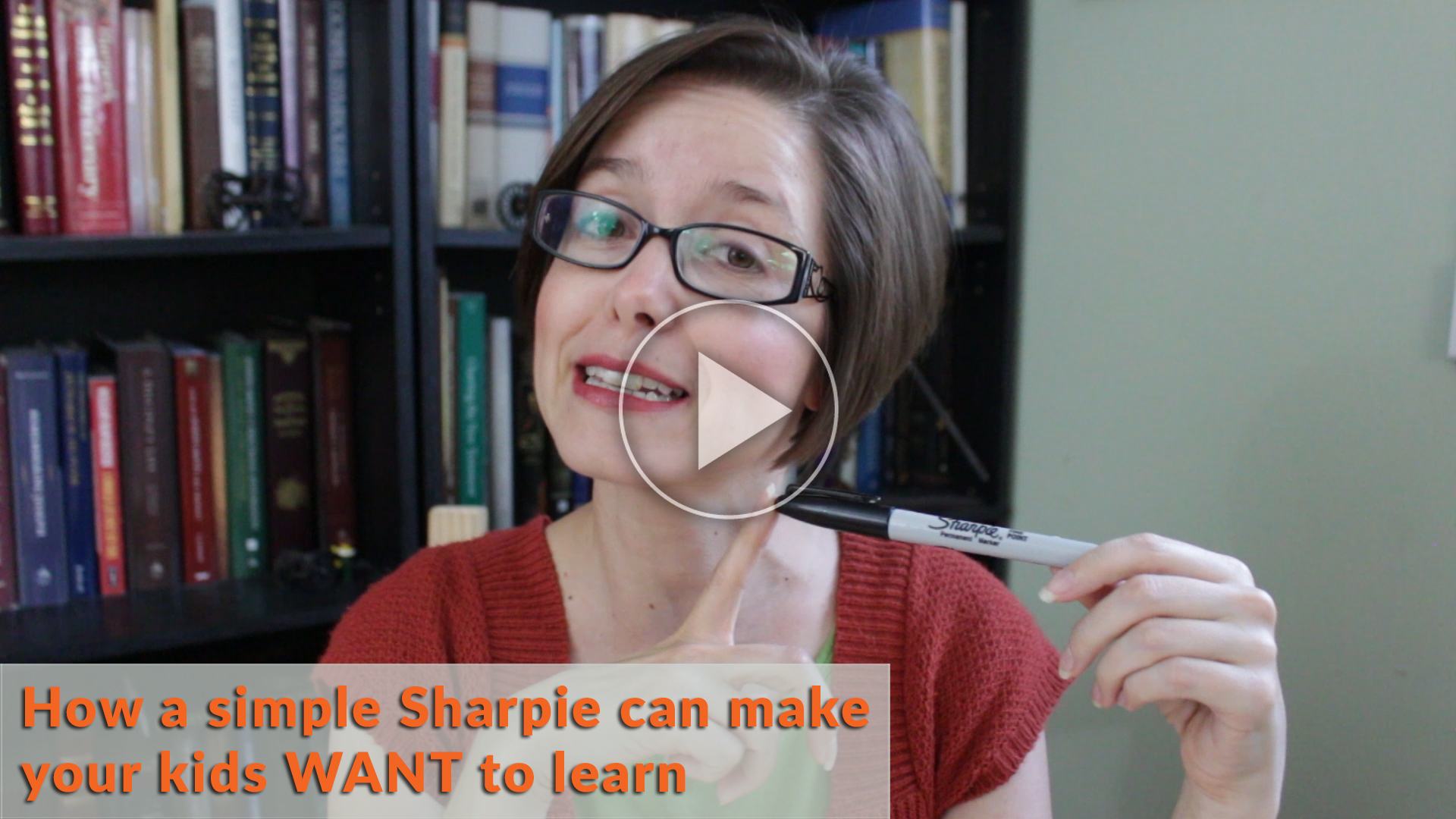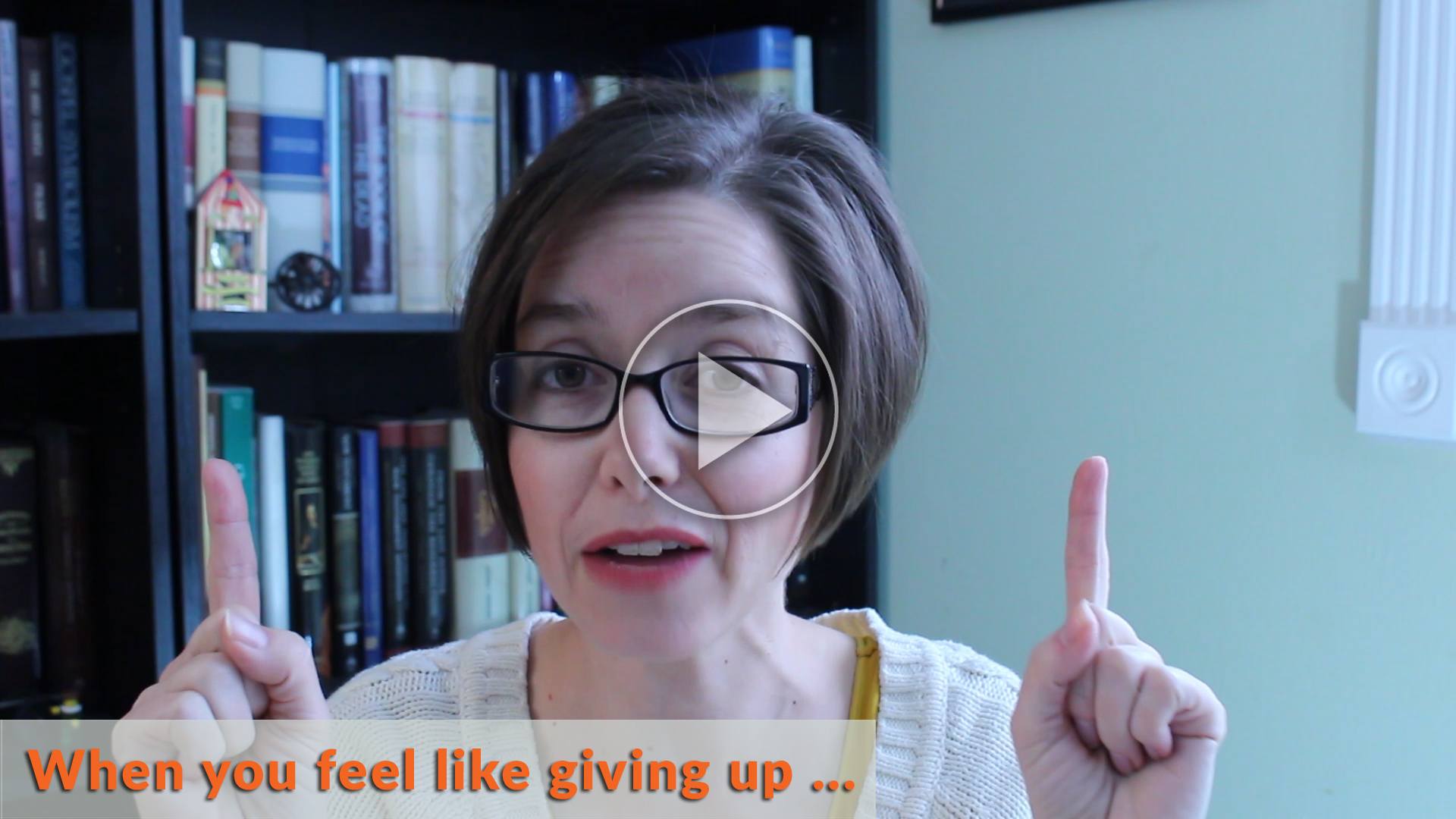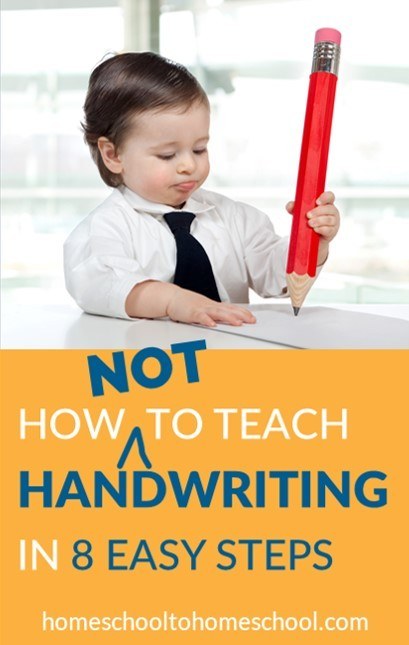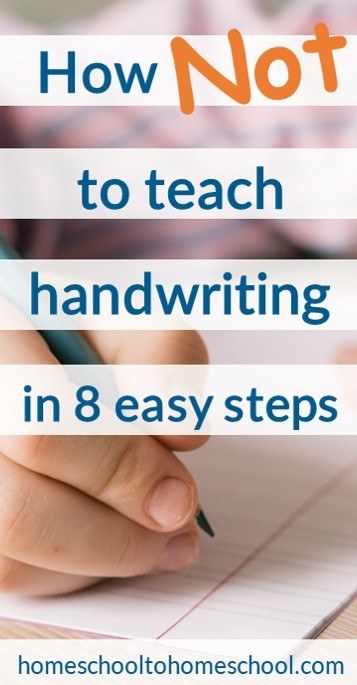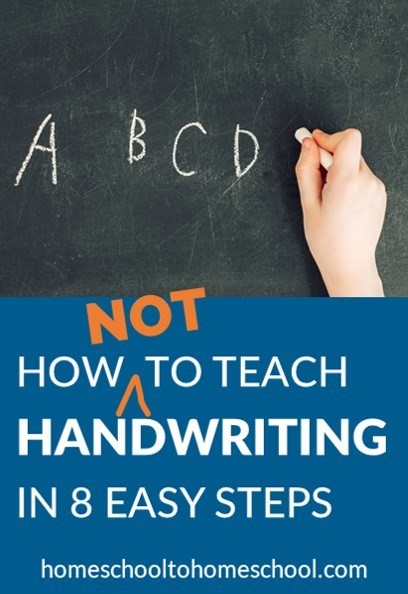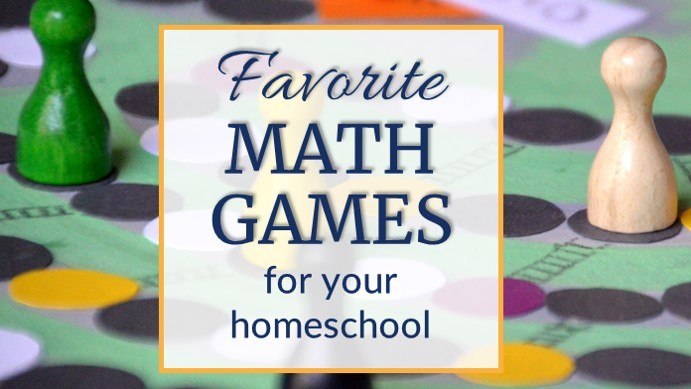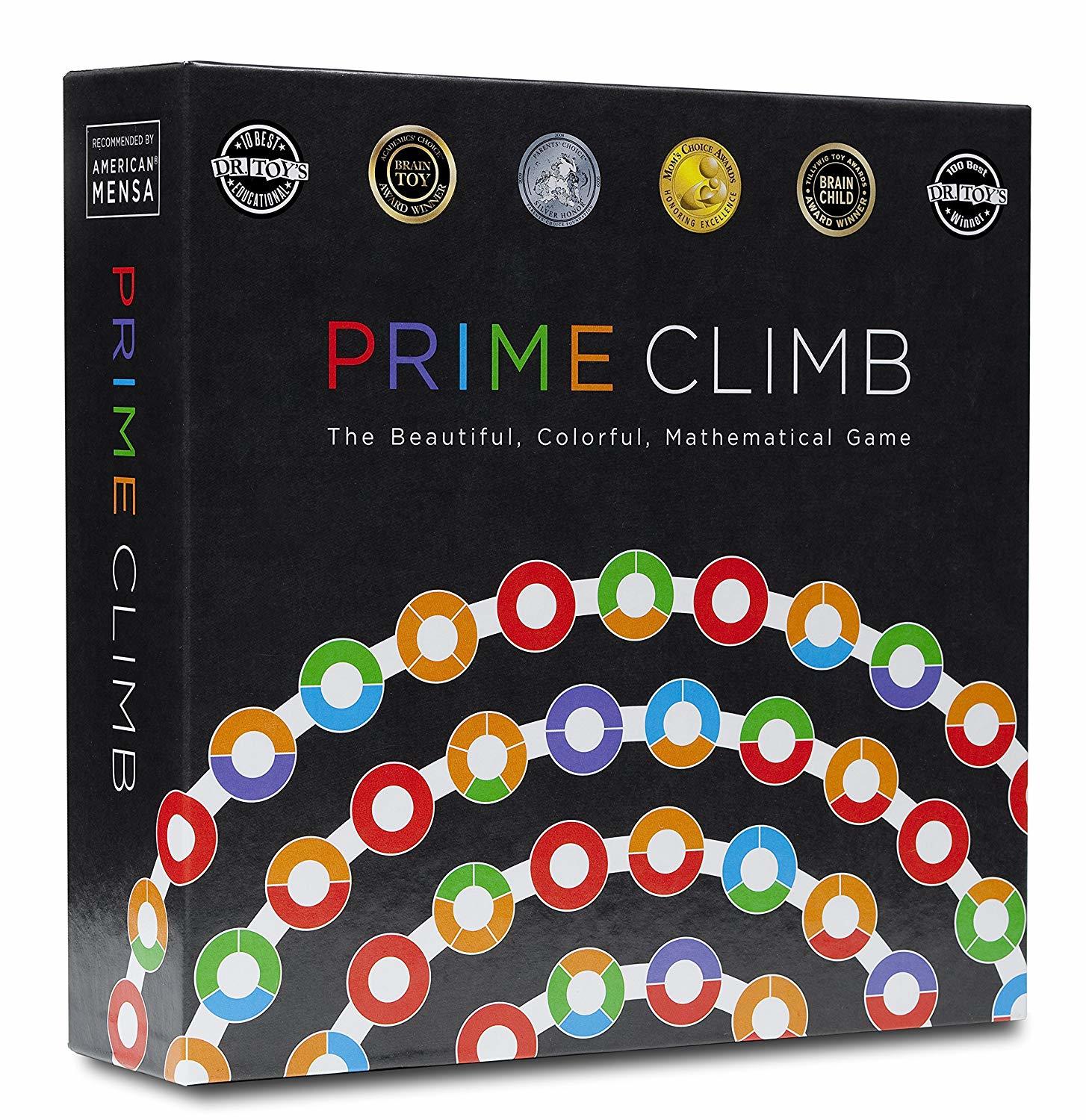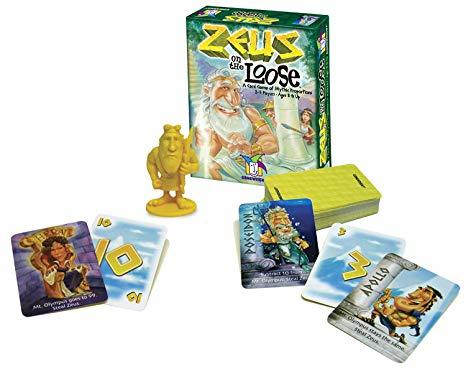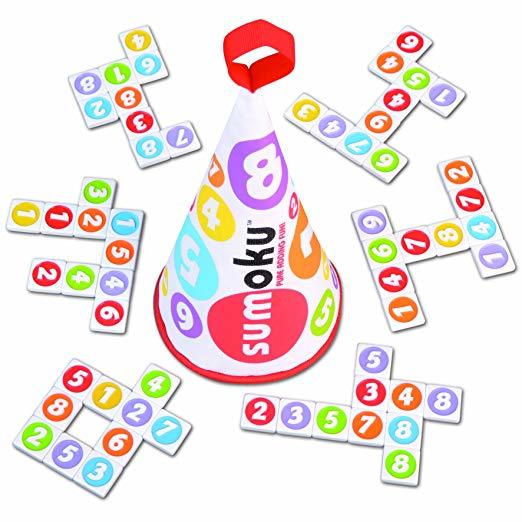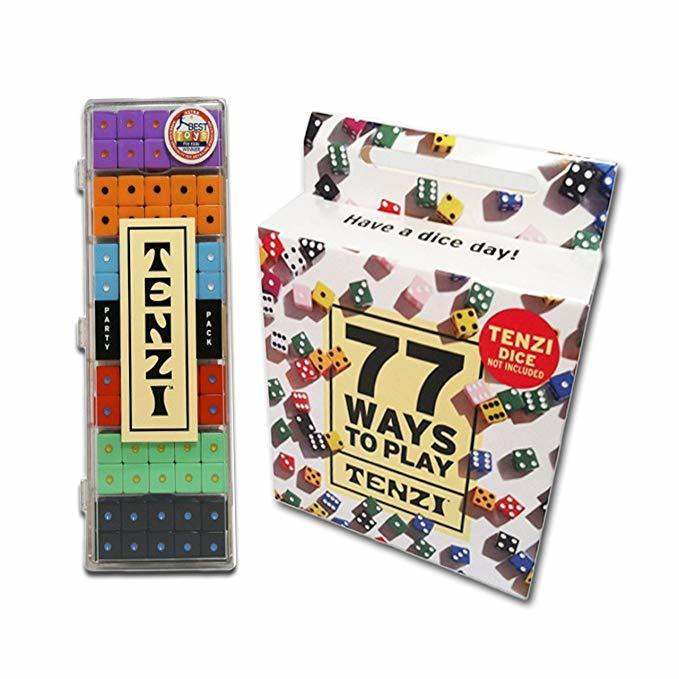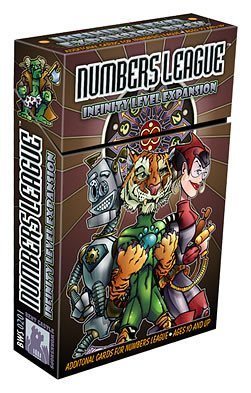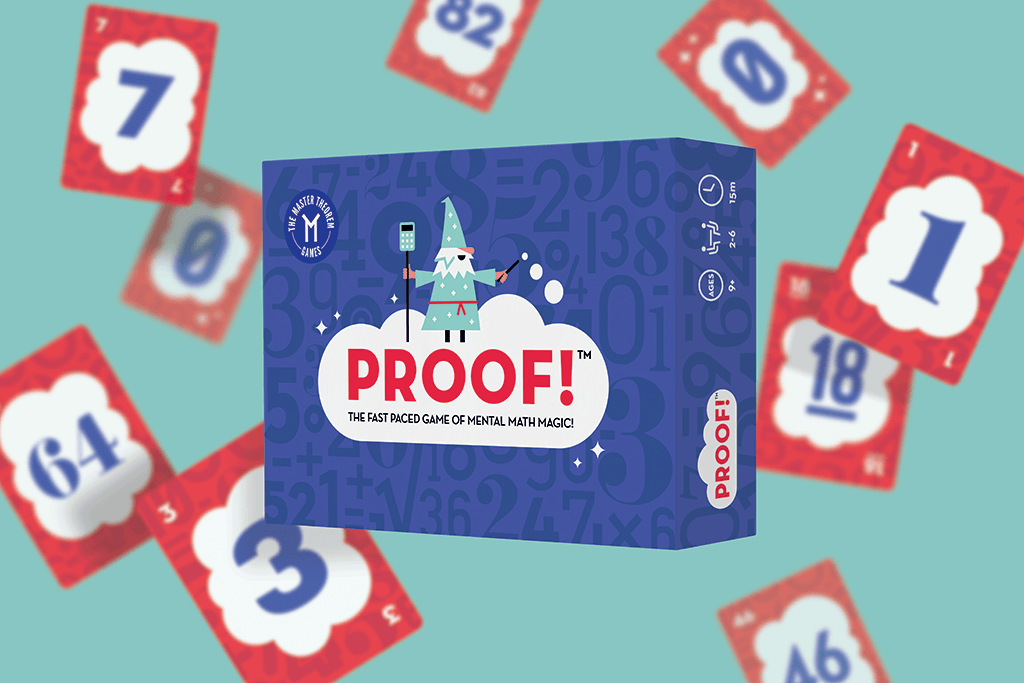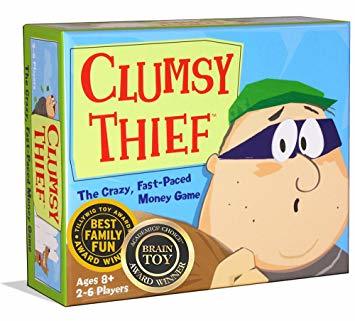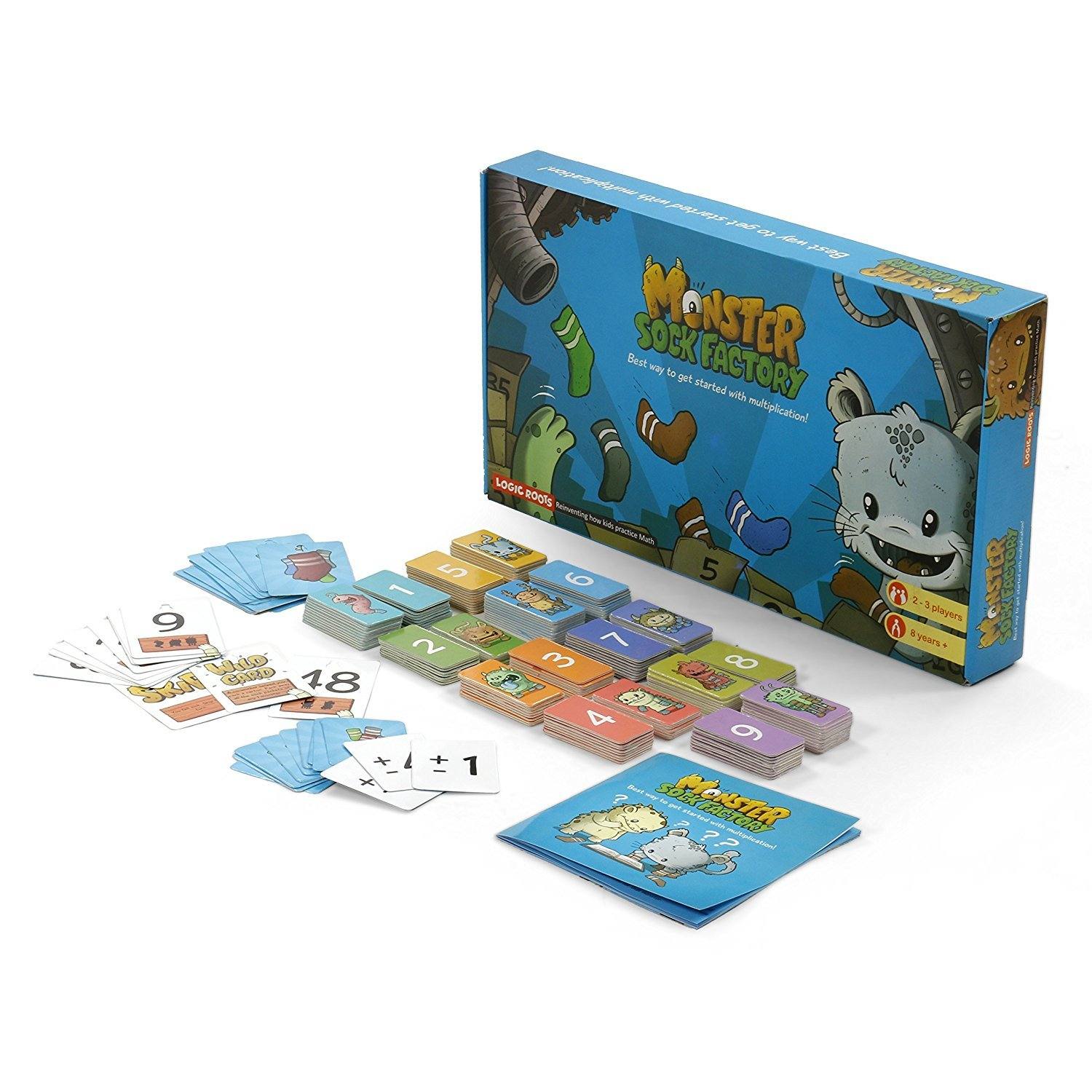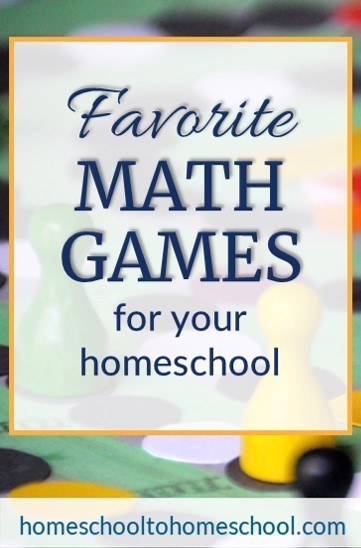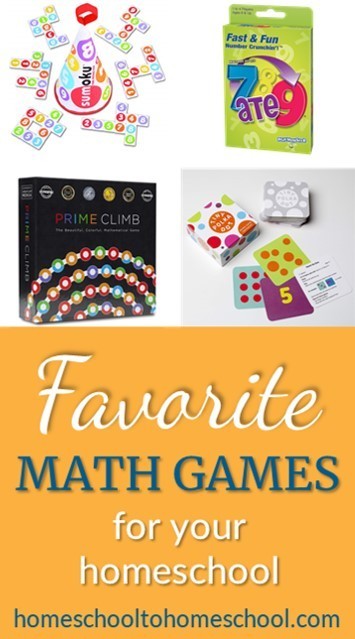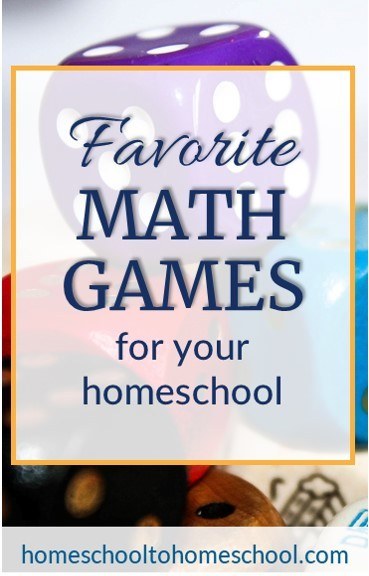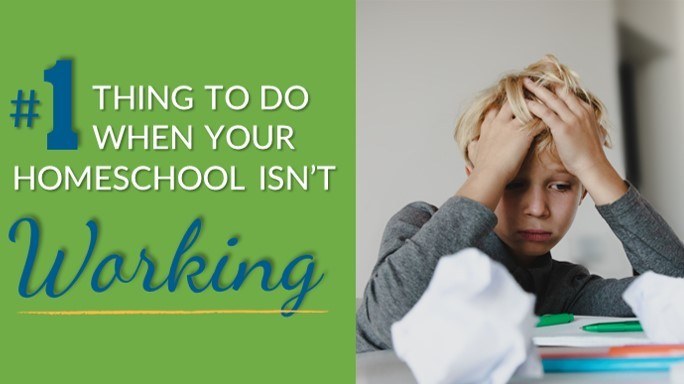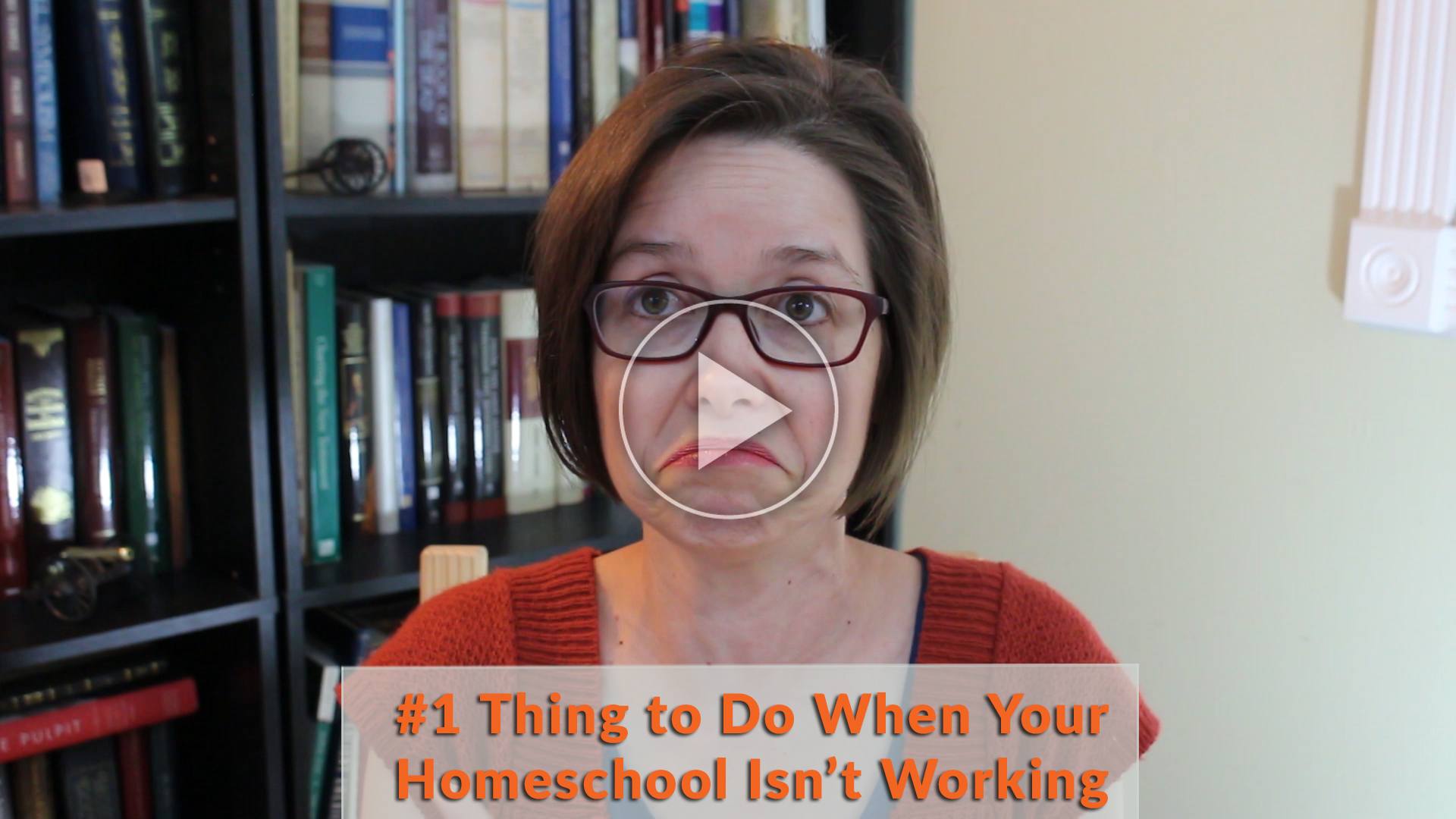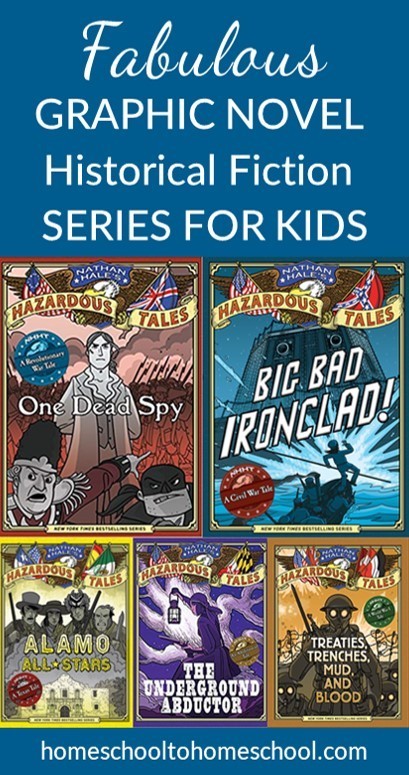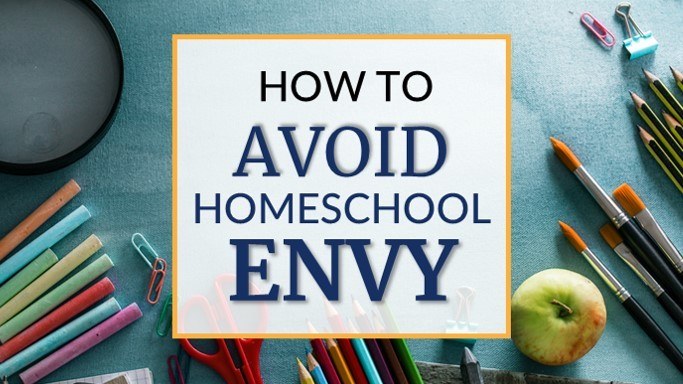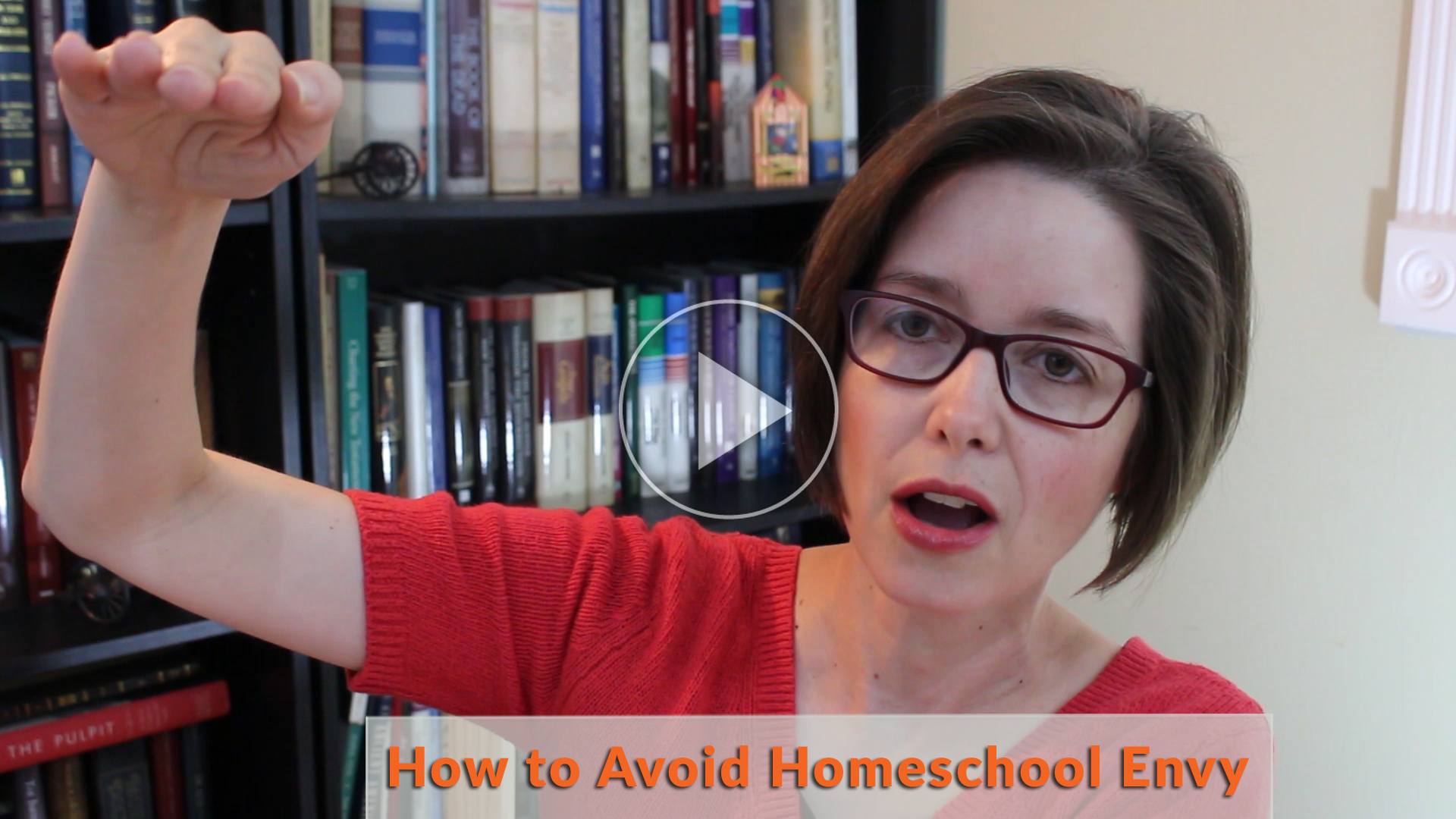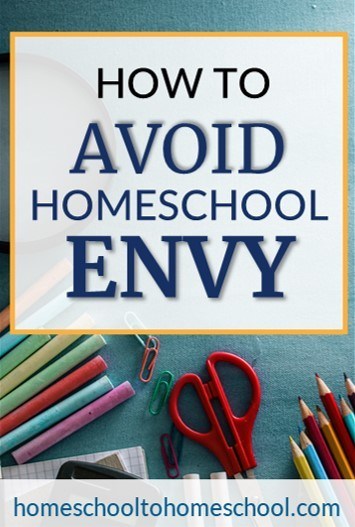I love finding new math games for kids.
Over the years, we’ve used math games in our homeschool to explore new math ideas, review math concepts in fun and engaging ways, and just have fun as a family!
The coolest part of playing a math game -- as opposed to doing math worksheets or even reviewing online -- is that your kid is engaging more parts of their brain when they play.
And today I want to introduce you to another math game that I find different from all the others AND it definitely will work your mental math muscles.
It’s called Numbers League -- a card game with superheroes, villains, and lots and lots of elementary and pre-algebra math review.
When you combine mental math AND a great game, what’s not to love?
(BTW: They also have an app to play the game as well. You can check out the app here.)
Want to keep reading instead of watch? Scroll to read a transcript of the video.
NOTE: I was compensated to write this review, but my opinion is completely my own and I only recommend things that I absolutely love!
Ready to feel Confident and Successful as you homeschool?
Register below to watch my FREE CLASS
Confident Homeschool Secrets
7 Ways to Create a Homeschool That Works (and you LOVE!)
Transcript
Hello ToriAnn Perkey here and from my homeschool to your homeschool today, I want to talk about a really fun game that helps your kids learn, multiplication, division, addition, subtraction with superheroes. So with the Avengers movies and all the other superhero movies that are coming out these days, superheroes are a big deal. And the idea that you can have a math game that practices all of these basic skills while playing the superheroes is just super fun. I get so, so, so excited.
Okay, so the game is called Numbers League and it has got a lot of fun pieces. So the basic premise is that you build superheroes to capture the villains and your superheroes can have additional help in this in different tools that they get that make it easier to accomplish the task. Which is to capture the villains as the basic premise of the game.
But if it were just that, maybe it would be just so so, but the way this game is put together is so much fun. It is a card game. And let me show you the different pieces. First of all, let’s talk about the villains. The villains come in three pieces. They come in heads like this. And I am going to just tell you right now, I love the graphics. So here is a head. You need to know that all of the graphics are amazing. And then there are bodies and then there are legs. And so as you are getting your different cards in your hand, you are getting various bodies, various heads and various legs. And I do not know if you have ever had one of those games when you were a kid where you could flip the, uh, the different parts of the book and create different characters. Well, it is that kind of concept.
So your first goal is to create a superhero and all the graphics lineup together. So you get this superhero character that looks like this. We can build them any way you want. So you might end up with a superhero that looks like this, or he might have, you know, different heads, different body. And you'll notice on these cards there is a number. See there is a two, there is a one, there is a three. And the numbers vary depending on the card. It is not like all the heads are twos or anything like that. And based on how the numbers line up on the superhero after you have built it, is the numbers that you have to work with. And you can add the numbers together. You can multiply the numbers, you can add two numbers and then multiply them with the third number. There are all kinds of ways to do that.
So you are creating numbers, a full number based on the superhero. So in this case it would be two plus one plus three. So that would be six, right? So this is a number six. Now to capture a bad guy, you have the bad guys are already set out and you have two kinds of bad guys. You have the blue bad guys and the green bad guys. The green bad guys, the pictures the same, but you'll notice that the number is different. And that is because the green side, they are easier to play with. And the blue side, they are harder to play with. And here we have a green side. It is a 15 and it goes all the way into the negatives with this game is the negative four and so we take the superhero which has now been built and we have a six and we can do different things with that six I am not going to go into all the rules, but I will link in with the video to places where you can learn how to play.
But based on different combinations of that six you then capture this 15 card or you capture this 38 card. The one extra card that shows up in this game that I love are these booster cards and they are the superheroes extras. So you have here, you have a ray gun. I think that is, I do not know what that is. And it is a times three who you have boots, it's a plus 10 and these can be added to the superhero. So instead of a six you might have a six times three is 18 or you might have a six plus 10 is 16 so you're constantly doing all this mental math while you play. And I have to be honest, I was playing with my son and my brain was doing this as it was trying to figure out how to make different combinations with my superheroes to be able to capture the villains.
Now let me just tell you a couple of reasons why I really, really liked this game. And again, I didn't go into all the rules and you can check out the link below to check out the links for the rules. But first of all, I love the fact that it really pushes the mental math in a fun, different kind of way and the graphics are so much fun. I love that your brain and their brain is going to have to work really, really hard. It's great for upper elementary and even middle school where they're still learning how to do that. I love that.
There are lots of ways to play with the cards so you can play the basic game, but how do you receive this game? Initially when my kids were much younger, we probably would have started by just building superheroes and building superheroes and we would have practiced just adding the numbers together and seeing what happens when we put different superheroes together.
That alone would have been so much fun. I know that some of my kids would have sought out the cards that match to create the superhero with all the same character traits. You know what I mean? So I love the fact that I can do that. You can play a timed version of the game. You can play an untimed version of the game. You could play where you are just playing collaboratively and you are trying to capture and you are all on the same side. Or you can play the competitive way, which is the way the game is originally set out.
I also really love that the game feels really high quality. This is not, I mean this is built by a family who does not put out a lot of games and so it is not like they have a ton of resources behind them, but they have put a lot of time and effort into this game. And it comes across in the quality of the cards, the quality of the artwork across the board. I love this. I love the effort that they've put into this game .
And I will tell you there are a couple things about the game that as I was playing I thought, mm. There are a couple of things that I just struggled with just a little bit and they are not deal-breakers. I just wanted to let you know. The first one is I do think it is a little complicated to learn the instructions that they sent. We really had to kind of wrestle a little bit with the instructions. Although I will say we did not go watch a YouTube video that just talked us through how to play. I think if we had done that, it actually would have been a lot easier, but we were trying to read the printed instructions and it just took a little bit of time to figure it out.
Once we figured it out, super easy to play and I could sit down and play it again right away. But it did take a little bit of time to figure out. The instructions I was sent, that came with the game I got, were a little tricky to read. Just, because of the way they were formatted, but it could be that they have upgraded it since then based on when you're watching this video. So I'm just going to put that in there as a caveat.
I did find that as you are playing, the more superheroes you build, it gets a little challenging to keep track of all the different numbers. And maybe if you are really good at math, that would not be hard. But I think for a kid that might be a little tricky. So if we, as we continue to play, one of the things that we plan on doing is having some kind of piece of paper with us to just track the numbers, all the different superhero amounts so it moves the game along just a little bit faster.
I do think that a mathy kid will love this game. My mathy kid was like "That was awesome. Let's play again". I think a non mathy kid would benefit from doing a more collaborative style of playing possibly just because it was a little stressful because there was so much mental math and if we had been playing together. I think we could have had a lot of fun practicing those skills and they would have just had a little bit more support as they had played along.
Definitely. Definitely, definitely like this game. I just want to make another side note that they actually also have developed an app that you can download and you can play the game in an app format instead of with cards. So if you are more inclined to want that tech side as opposed to something physical you can hold in your hands. The app is another great way to go and I will leave a link to the app in the comments. All right you guys, this is Number Leagues. This is my review. I think this is a great addition to any family that is looking to do mental math with their homeschooler in their homeschool. I hope you enjoy it. I am ToriAnn Perkey and I make these videos every week so that you can be a successful and confident homeschool mom.
Save for later by pinning to your favorite Pinterest board!
